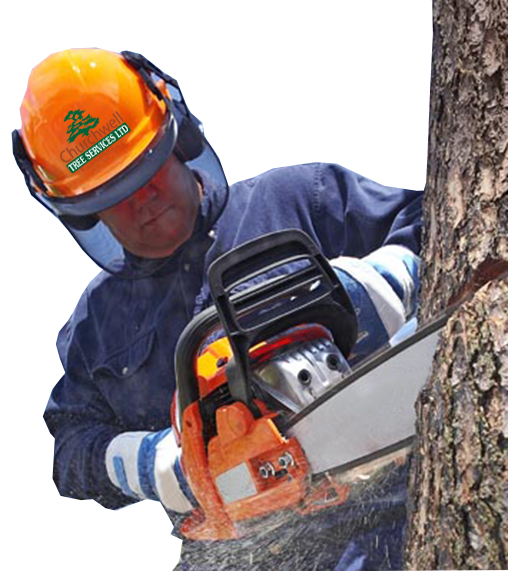
Tree Felling
No matter what kind of tree work you require, our...

We are a family-run business with over 20 years of experience. Churchwell Tree Services Ltd also has £5 million public liability insurance, so we can assure you that whatever happens, whether we are removing a dangerous tree from your property or just doing minor thinning and pruning, you won't be left feeling disappointed. All our employees have the relevant training and NPTC certificates and first aid training which is a legal requirement in this industry and we also work to BS3998 standard. We also have DBS checks carried out as a lot of our work is carried out in Schools.
We are based in Byfleet, but carry out work in most of Surrey and the surrounding areas. We have many testimonials and references that we would be happy to share and are fully insured.

No matter what kind of tree work you require, our...

Hedge cutting caan be a very arduous event but...

The removal of the stump and/or the lateral roots...

Regular tree pruning is essential for protecting...

You won’t be disappointed!
For quality tree services in and around West Byfleet, contact Churchwell Tree Services Ltd

We pride ourselves on the quality of work we carry out and the feedback from our customers reflects our dedication to customer service.
Contact Now